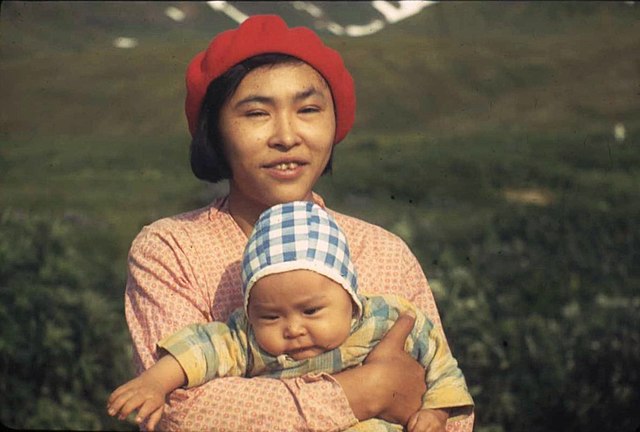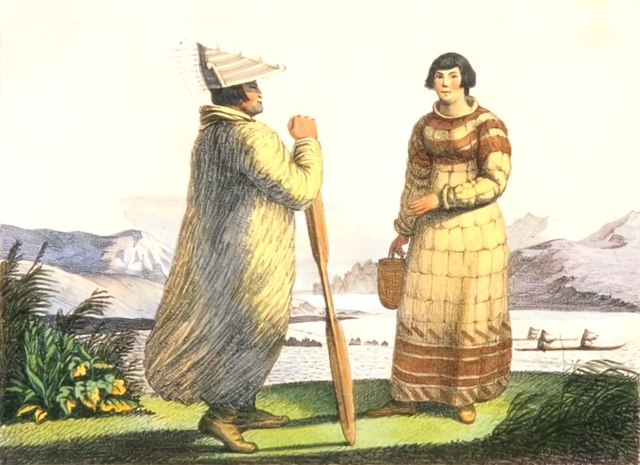Cungagnaq is venerated as a martyr and saint by the Eastern Orthodox Church. He was a native of Kodiak Island, and received the Christian name of Peter when he was baptized into the Orthodox faith by the monks of St Herman's missionaries operating in the north. He was captured by Spanish soldiers near San Pedro and tortured and killed at the instigation of Roman Catholic priests either there or at a nearby location. At the time identified for his death, California was Spanish territory, and Spain was worried about Russian advances southwards from Alaska. Hubert Howe Bancroft, in his multi-volume History of California, only notes that, in connection with an incident wherein a Russian fur-hunting expedition was taken into custody after declining to leave San Pedro; one Russian source accused "the Spaniards of cruelty to the captives, stating that according to Kuskof’s report one Aleut who refused to become a Catholic died from ill-treatment received from the padre at San Francisco."

Icon of St. Peter the Aleut
Icon of Saint Peter with St. Herman in an Orthodox parish in the United States
Aleuts are the Indigenous people of the Aleutian Islands, which are located between the North Pacific Ocean and the Bering Sea. Both the Aleuts and the islands are politically divided between the US state of Alaska and the Russian administrative division of Kamchatka Krai. This group is also known as the Unangax̂ in Unangam Tunuu, the Aleut language. There are 13 federally recognized Aleut tribes in the Aleut Region of Alaska. In 2000, Aleuts in Russia were recognized by government decree as a small-numbered Indigenous people.
Attu Aleut mother and child, 1941
Customary Aleut dress
Aleuts. Ethnographic description of the peoples of the Russian Empire by Gustav-Fyodor Khristianovich Pauli (1862)
Men's chagudax, or bentwood hunting visor, Arvid Adolf Etholén collection, Museum of Cultures, Helsinki, Finland






